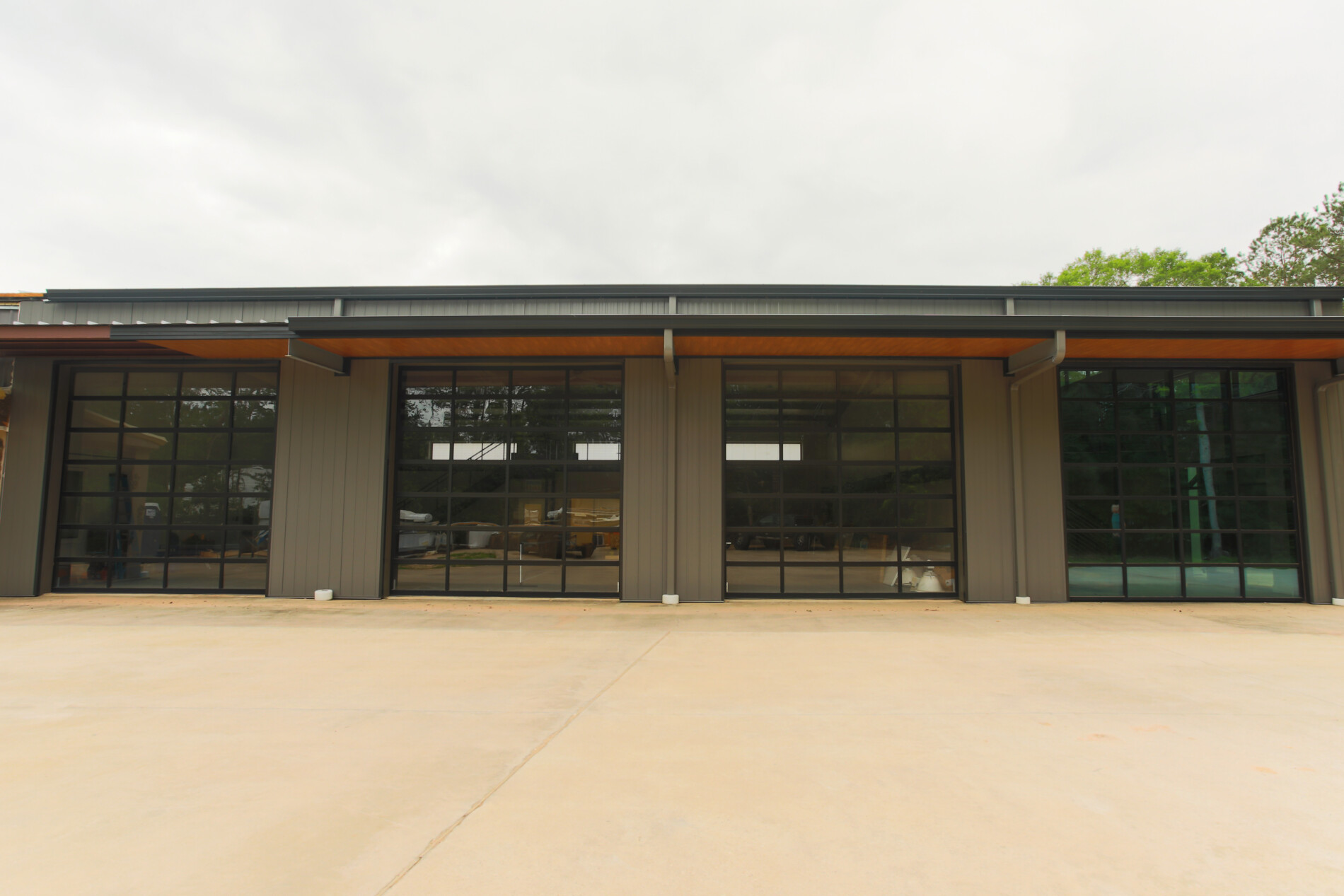

Introduction
In the ever-evolving world of construction, the emphasis on sustainability and efficiency has given rise to a new era of high-performance building practices. Central to this transformation is the concept of high-performance insulation, a key component in reducing energy consumption and enhancing building functionality. This article delves into the intricate details of high-performance insulation, exploring its significance, types, and ratings, and how it forms the backbone of high-performance buildings.
What is High Insulation?
High insulation refers to materials that offer superior thermal resistance, effectively slowing down the transfer of heat. This type of insulation is crucial in maintaining a building’s temperature and reducing the need for excessive heating or cooling. The efficacy of high insulation is measured in terms of its R-value, which indicates its ability to resist heat flow. The higher the R-value, the better the insulation’s thermal performance.

What is Insulation Performance?
Insulation performance is a broad term encompassing the ability of insulation materials to maintain energy efficiency, enhance soundproofing, and contribute to overall building health. It’s not just about thermal resistance; it also includes aspects such as moisture control, fire resistance, and environmental impact. Effective insulation performance means a reduction in energy bills, improved indoor air quality, and a step towards sustainable construction practices.
What is the Most Effective Insulator?
Identifying the most effective insulator depends on several factors, including the specific needs of a building, climate conditions, and sustainability goals. Materials like polyurethane foam, fiberglass, and cellulose are commonly used. Polyurethane foam, in particular, is known for its high R-value per inch, making it a popular choice in both residential and commercial constructions. However, innovations in insulation materials are continuously emerging, offering even more efficient and high-performance options that reduce heating costs with effective insulation. You can use External Insulation for Improved Home Comfort; contact professional installers to install one for your home.
What is the Most Effective Insulator

What is the Highest Insulation Rating?
The highest insulation rating is determined by the R-value system, which measures thermal resistance. Typically, R-values range from R-11 for standard fiberglass insulation in walls to R-38 or higher for attics in colder climates. Advanced materials and technologies are pushing these boundaries further, with some specialized products reaching R-values as high as R-60. It’s important to note that the “highest” rating isn’t universally the best choice; the ideal R-value depends on specific building requirements and local climate conditions.
The Role of High-Performance Insulation in High-performance Construction
High-performance insulation plays a pivotal role in the green building movement. By reducing energy consumption, it not only cuts down on utility costs but also decreases carbon emissions, a significant contributor to global warming. high-performance construction isn’t just about the materials used; it’s also about the long-term impact of those materials on the environment. High-performance insulation contributes to this by being durable, often made from recycled materials, and having a lower overall environmental footprint.

Technological Advancements in High-Performance Insulation
The field of insulation is witnessing rapid technological advancements. Innovations such as vacuum insulation panels and aerogel-based materials offer higher R-values in thinner profiles. There is also a growing trend towards using natural and sustainable materials like sheep’s wool and recycled denim, which provide effective insulation while being environmentally responsible.
Choosing the Right Insulation for Your Building
Selecting the right insulation is crucial for achieving optimal energy efficiency. Factors to consider include the climate zone, the building’s design, and the specific needs of the space. For instance, a building in a colder climate would require insulation with a higher R-value to prevent heat loss. It’s also essential to consider factors like moisture resistance and air tightness, which contribute to the overall insulation performance.
Installation and Maintenance: Ensuring Optimal Performance
The benefits of high-performance insulation can only be fully realized through proper installation and maintenance. Incorrect installation can lead to gaps, thermal bridging, and reduced effectiveness. Regular checks for moisture, mold, and damage are vital to maintain insulation efficiency over time.

The Future of Insulation in high-performance Construction
Looking ahead, the future of insulation in high-performance construction is bright and promising. With ongoing research and development, we can expect to see more innovative materials that offer higher efficiency, better sustainability, and easier installation. These advancements will play a crucial role in meeting global energy efficiency goals and reducing the construction industry’s environmental impact.
Conclusion
High-performance insulation stands at the forefront of high-performance construction, offering an effective solution to reduce energy consumption and promote sustainability. Understanding its types, performance, and ratings is essential for anyone involved in the construction industry or looking to build an energy-efficient home. As technology progresses, we can anticipate even more advanced and high-performance insulation solutions, paving the way for a greener, more sustainable future in construction.
Read more…
ENHANCE YOUR PROJECT WITH ECOSTEEL INSULATED PANELS
You must be logged in to post a comment.